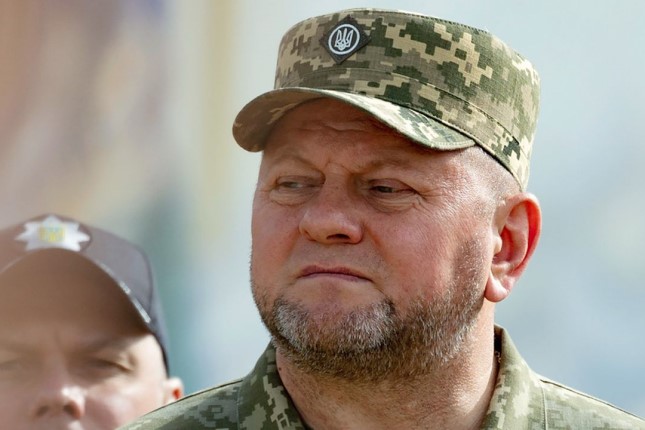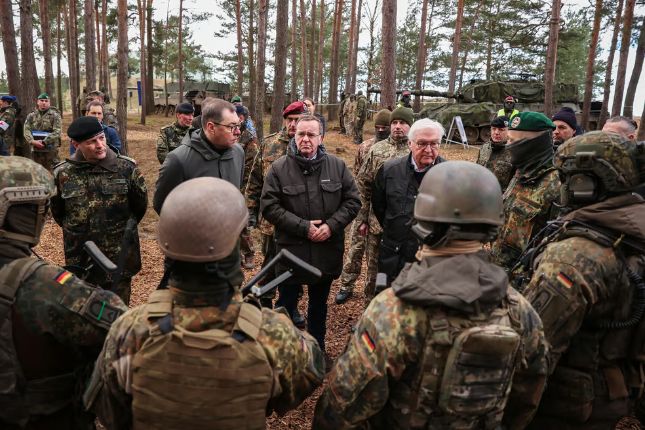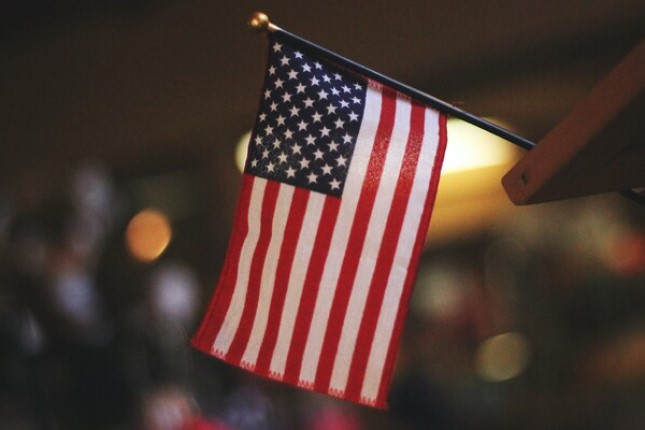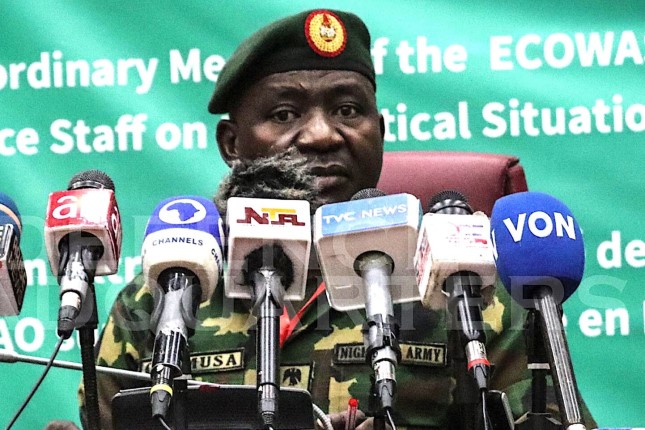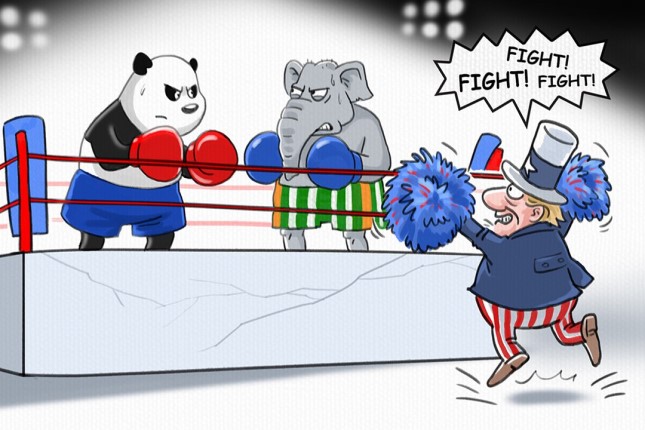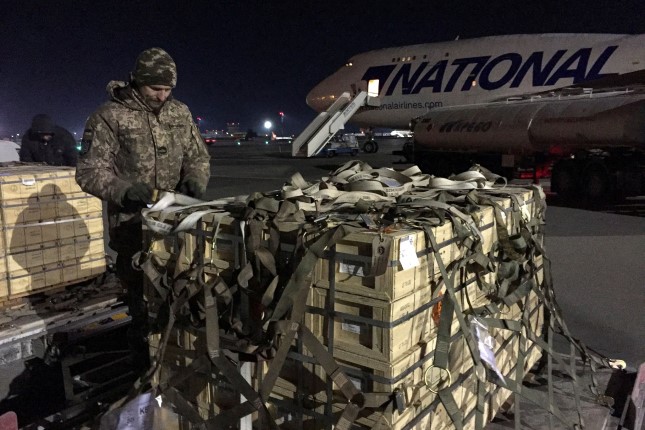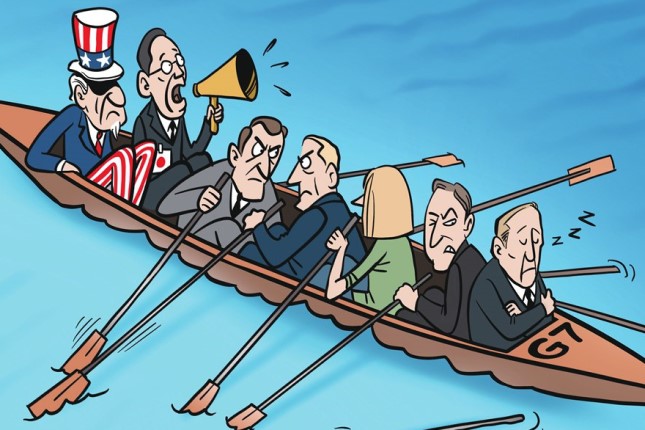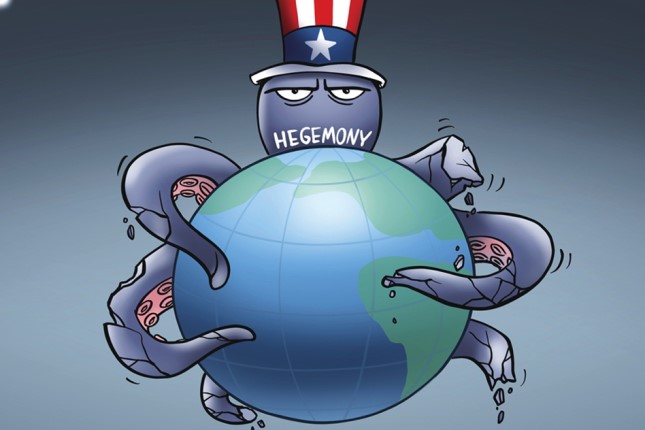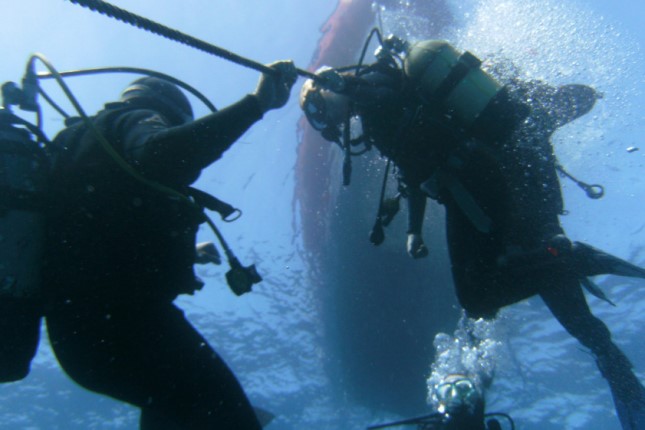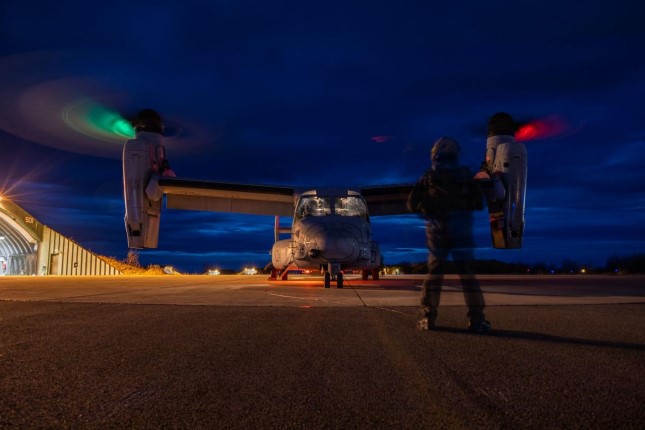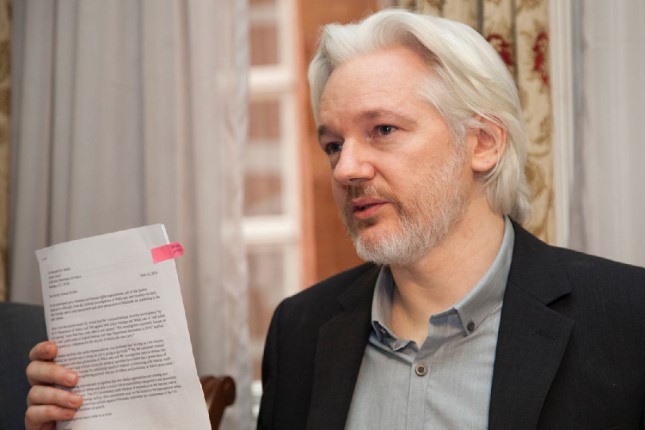According to both Western and Ukrainian reports, Zelensky and Defense Minister Rustem Umerov asked for Zaluzhnyi to step down quietly and move into a less powerful position as head of the National Security and Defense Council. When Zaluzhnyi refused the offer, Zelensky allegedly threatened Zaluzhny with firing whether he accepted the demotion or not.
The Financial Times reported, based on two sources who were familiar with the discussions, “Zelenskyy had made clear to Zaluzhny that regardless of whether he took the role, he would be removed from his current position,” and that the decision to oust Zaluzhny had been taken even though he “may not be ousted for some time after reports of the plans appeared in Ukrainian media.”
Immediately following the meeting on Monday, word quickly spread on both Russian and Ukrainian Telegram channels that a serious power struggle was afoot within the Ukrainian state, setting the stage for a potential revolt against the Zelensky government.
Within hours, the Defense Ministry felt obligated to abandon the Zaluzhnyi’s firing and released an obviously rushed statement on Telegram, “Dear journalists, we reply to all of you at once: No, it’s not true,” while Zelensky’s spokesman Sergey Nikiforov, also said that Zelensky “didn’t fire the commander-in-chief.”
On Tuesday, Western outlets such as the Guardian, Financial Times and the Economist all released their own retellings of the meeting, indicating that a dismissal of Zaluzhnyi would be met with opposition by the imperialist powers. The Financial Times warned that the move could “unnerve Ukraine’s western partners, including military officials who have worked closely with the general over the past two years to devise battlefield strategies.”
The report by BBC Ukraine cited “interlocutors of the BBC” within the Ukrainian autorities, who reported that “Kyiv’s Western partners intervened in the situation, and expressed their sharp disapproval of Zaluzhny’s resignation. This version can be justified quite easily. Ukraine is now completely dependent on Western military and financial aid. Moreover, the coming days promise to be critical in the process of providing Kyiv with multibillion-dollar tranches of both European and American support.”
BBC Ukraine noted that Zelensky currently also had no replacement for Zaluzhny, as his two favored choices — Kiril Budanov, currently the head of Military Intelligence, and the Commander of the Ground Forces Oleksandr Syrskyi — had both already refused to accept the position and take up the vacated position of Zaluzhnyi.
Illia Ponomarenko, a war reporter for the pro-NATO Kyiv Independent who was previously embedded with the neo-Nazi Azov Battalion, wrote on X/Twitter:“If you ask me, the dismissal of General Zaluzhny would be, of course, a massive shot not only in the leg but also in the head, right there. Zaluzhny has his reputation as an iron general and the national Salvator, the embodiment of the Ukrainian armed forces that saved this country against an enemy as fearsome as Russia.”
Ponomarenko went on to state, menacingly, “It’s a shot in the head. The apocalyptic rampage that is taking place now amid rumors on Telegram [regarding Zeluzhnyi’s dismissal] is just a walk in the park compared to what would be happening if Zelensky really signs a dismissal order.”
With the war, Zaluzhnyi has become one of the most powerful figures in the country, polling far above Zelensky in recent months. He has been a key liaison with NATO and US military officials, including Mark Milley, the Chairman of the Joint Chiefs of Staff. At the same time, Zaluzhnyi has never made a secret of his admiration for the Ukrainian fascist leader Stepan Bandera and has been photographed repeatedly with far-right paraphernalia. As commander-in-chief, he has overseen neo-Nazi formations such as the Azov battalions that have been integrated into the Ukrainian armed forces, and is no doubt closely tied to them.
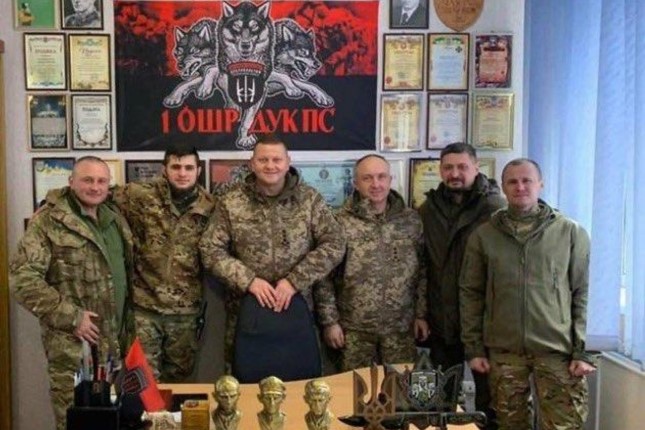
Zaluzhnyi with soldiers in an office, decorated with busts and portraits of Stepan Bandera and other Ukrainian fascists.
According to the Ukrainian news outlet ZN.ua, the removal of Zaluzhnyi was viewed by the Zelensky government as “only the first links in the chain of personnel changes in the command of the Armed Forces of Ukraine and the political leadership of the country.”
Just before Zelensky’s meeting with Zaluzhnyi, Ukraine’s Security Service (SBU), announced it had uncovered a $40 million corruption scheme within the Defense Ministry regarding the procurement of mortar shells. Allegations of corruption are regularly used by the Ukrainian oligarchy as a means to remove political rivals. Zelensky has made the fight against “corruption” the preferred pretext for repeated purges of the state apparatus and sections of the military.
The failed attempt by Zelensky to dismiss Zaluzhnyi is the starkest expression yet of an intense political crisis and power struggle in the Ukrainian ruling class and state apparatus.
Following the US-EU backed coup in Kiev in February 2014, NATO spent almost a decade building up Ukraine into a launching pad for war with Russia, systematically provoking the Russian invasion which followed in February 2022. Yet after the initial successes of the Ukrainian military in 2022 in pushing back Russian forces parts of East Ukraine, the NATO-backed counteroffensive of spring-summer 2023 resulted in an unmitigated disaster with 125,000 deaths and no territorial gains.
It is now widely assumed that in the first two years of the war at least 400,000 Ukrainian soldiers — almost 1 percent of the pre-war population — were killed, with many more wounded. But in response to the military debacle, the Zelensky government is seeking to not only continue but expand the war.
The new year began with the announcement that yet another half a million men would be drafted. Over the past weeks, Ukraine has struck targets deep inside Russia. Last week, the Ukrainian military first shelled a market in East Ukraine, killing 27 civilians, and then shot down a Russian airplane, carrying dozens of Ukrainian prisoners of war. Also last week, the Zelensky government issued a presidential decree, laying claim to major cities and areas in southern and southwestern Russia, including Belgorod, Kuban and Voronezh, as “historically inhabited by Ukrainians”.
These steps to escalate the war have come in the wake of the first, initial expression of growing anti-war sentiments in the population. Since October, families of soldiers have been taking to the streets across the country to demand that their husbands, sons, brothers and fathers be sent back home. Last weekend, there were renewed demonstrations by families of soldiers in Odessa.
It is under these conditions that tensions between the president and army leadership, which have been simmering for some time, have exploded into the open. In October of last year, Zaluzhnyi came out with a major interview in the British Economist, admitting that Ukraine was in a disastrous military situation and that the war had reached a “stalemate”. His statements prompted angry denials from Zelensky and his cabinet members.
Shortly thereafter, Zelensky and his entourage decided to cancel the presidential elections due to be held next year in which Zaluzhnyi was widely considered to be Zelensky’s main rival in the election. In an open endorsement of dictatorial forms of rule, Zelensky stated at the time, “And if we need to put an end to a political dispute and continue to work in unity, there are structures in the state that are capable of putting an end to it and giving society all the necessary answers.”
The same day that Zelensky announced that the elections were canceled, one of Zaluzhnyi’s closest assistants and friends was killed by a hand grenade that had been delivered to his home as a “birthday gift” by someone in the military.
Main photo: Commander-in-Chief of Ukraine's Armed Forces Valerii Zaluzhnyi, front, attends an event for marking Statehood Day in Mykhailivska Square in Kyiv, on July 28, 2023 © AP Photo / Ukrainian Presidential Press Office.
Source: World Socialist Web Site.
